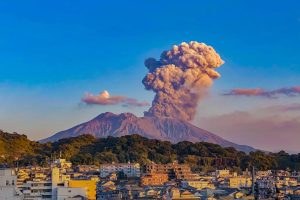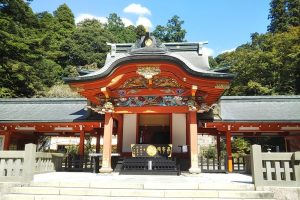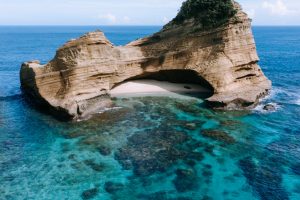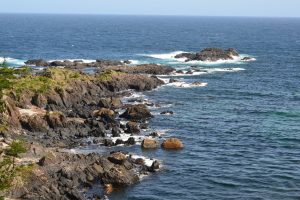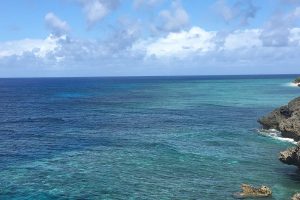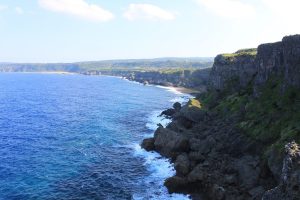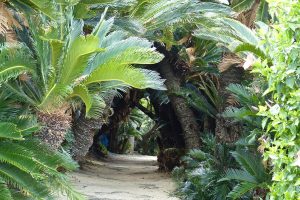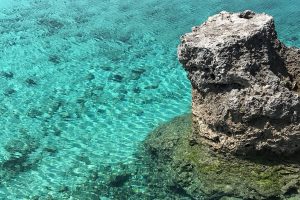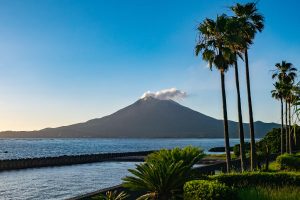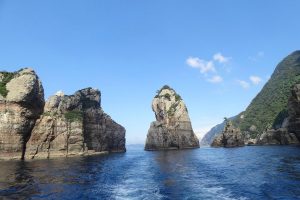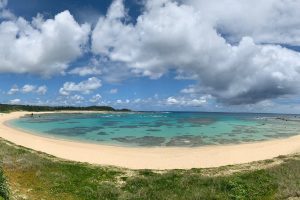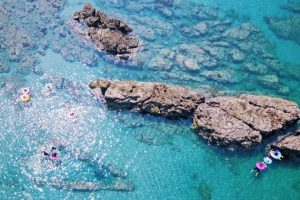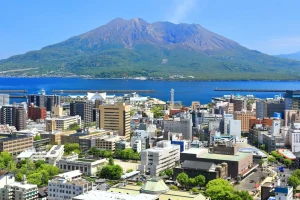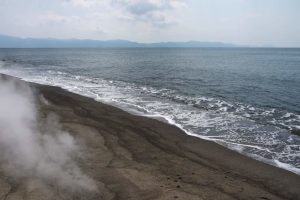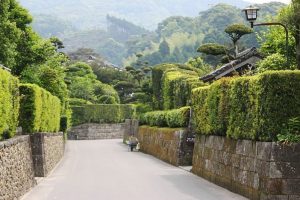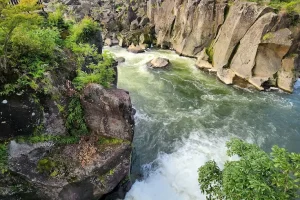Ōsumi
Tucked away in the southeastern corner of Kyushu, the Ōsumi Peninsula (大隅半島, Ōsumi-hantō) is one of Japan’s best-kept travel secrets. Forming the eastern half of Kagoshima Prefecture, this remote and scenic region offers a rare blend of dramatic coastlines, volcanic landscapes, sacred shrines, peaceful rural life, and rich history. While most tourists flock to nearby Yakushima or Sakurajima, those who venture into Ōsumi are rewarded with untouched nature, spiritual solitude, and authentic cultural experiences.
Geographical Significance
Ōsumi stretches out like a rugged finger into the Pacific Ocean, facing the Satsuma Peninsula across Kagoshima Bay. The peninsula is dominated by rolling hills, rivers, gorges, and hidden waterfalls. Its southern tip—Cape Sata (佐多岬)—is famously known as the southernmost point of mainland Japan, marked by a 19th-century lighthouse perched on cliffs overlooking a vast, wild sea.
This location is symbolic: Cape Sata, along with Cape Sōya in Hokkaido (northernmost point), represents the full north-south axis of Japan’s main islands. For adventurers, this journey is a pilgrimage.
Natural Wonders
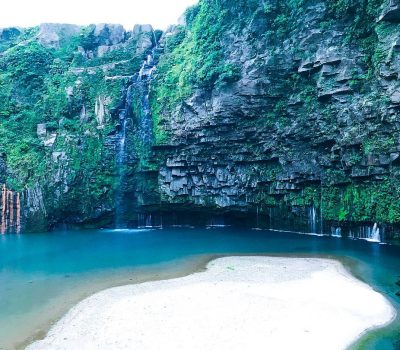
Ogawa Falls (雄川の滝): A 46-meter-high cascade with crystal-clear emerald waters, nestled deep in the forest of Kanoya. A gentle walking path (1.2km) leads visitors to an observatory with a breathtaking view. It gained national fame after appearing in the NHK Taiga drama “Segodon.”
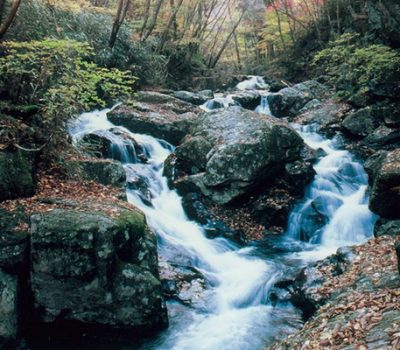
Sarugajo Gorge (猿ヶ城渓谷): Ideal for canyoning, swimming, and riverside camping. The gorge is surrounded by giant boulders and lush forest, creating a perfect summer escape.
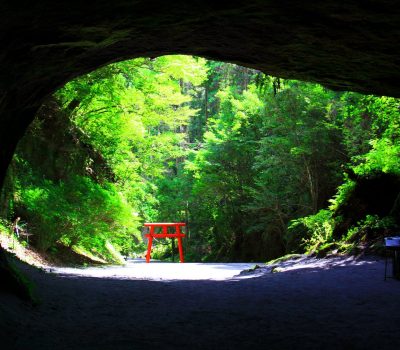
Mizonokuchi Cave (溝ノ口洞穴): A massive cave formed by ancient spring erosion, it stretches over 200 meters and exudes mystical energy. It has been used as a sacred site for centuries.
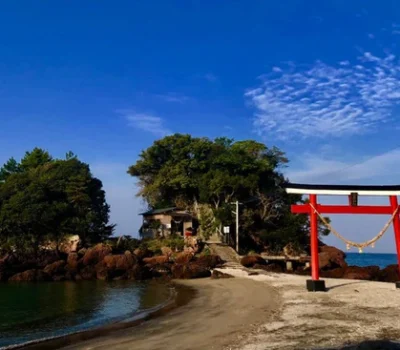
Arahira Tenjin Shrine (荒平天神): A picturesque shrine on a rocky outcrop, accessible only at low tide. Popular among students praying for academic success.

Cape Sata (佐多岬): Not only famous for its location, but also for its sheer cliffs, panoramic ocean views, and subtropical vegetation.
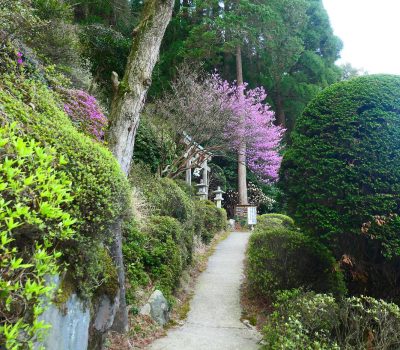
Kirishima Forests & Parks: Inland from the coast, you’ll find beautiful highland forests and viewpoint parks like Panorama Park Nishiharadai (西原台), offering stunning views over Kagoshima Bay.
Culture and History
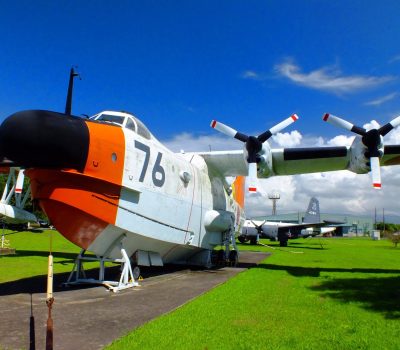
Kanoya Air Base Museum (鹿屋航空基地史料館): A sobering and educational facility detailing Japan’s aviation history, including Kamikaze missions during WWII. The exhibits offer insight into the region’s military role and legacy.
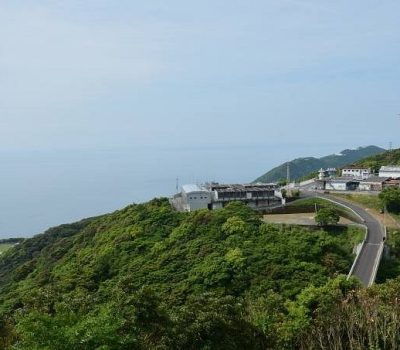
Uchinoura Space Center (内之浦宇宙空間観測所): Operated by JAXA, Japan’s space agency, this center has launched satellites and the famed “Hayabusa” asteroid explorer. Visitors can learn about space missions and view the launch pads overlooking the Pacific.
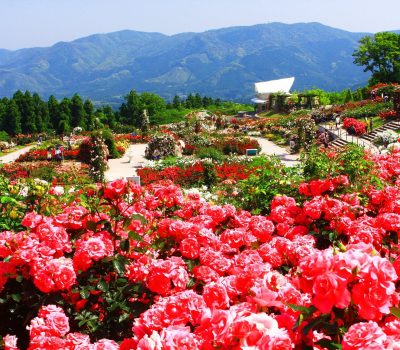
Kanoya Rose Garden (かのやバラ園): With over 35,000 roses blooming in spring and autumn, this is the largest rose garden in Japan. There’s also a museum, cafe, and rose-themed products.
Local Festivals: Traditional summer festivals, firework displays, and shrine rituals provide a glimpse into local life and customs.
Food and Local Specialties
Ōsumi is known for its agricultural bounty:
Black pork (Kurobuta): Raised in the region, it’s tender and flavorful, often served as tonkatsu or shabu-shabu.
Sweet potatoes: Grown in volcanic soil, they’re rich and sweet, used in tempura, desserts, and local shochu.
Fresh seafood: Caught off the Pacific coast—try sashimi, grilled sazae (turban shells), or local izakaya fare.
Green tea: Grown in the hills near Kanoya and Kimotsuki.
How to Get There & Suggested Itinerary
Access: From Kagoshima City, travelers can either drive around the bay or take a ferry from Yamagawa Port to Nejime Port on Ōsumi’s west coast. Renting a car is highly recommended to explore this large, rural area.
Day 1: Arrive via ferry, visit Arahira Shrine and drive south to Ogawa Falls.
Day 2: Visit Sarugajo Gorge, Mizonokuchi Cave, and continue to Cape Sata.
Day 3: Drive north through forests to Kanoya Rose Garden and Air Base Museum. Optional detour to Uchinoura Space Center.
Overnight options: Guesthouses, onsen ryokan, and rural stays like Iko Terrace in Sakurajima or nearby coastal villages.

